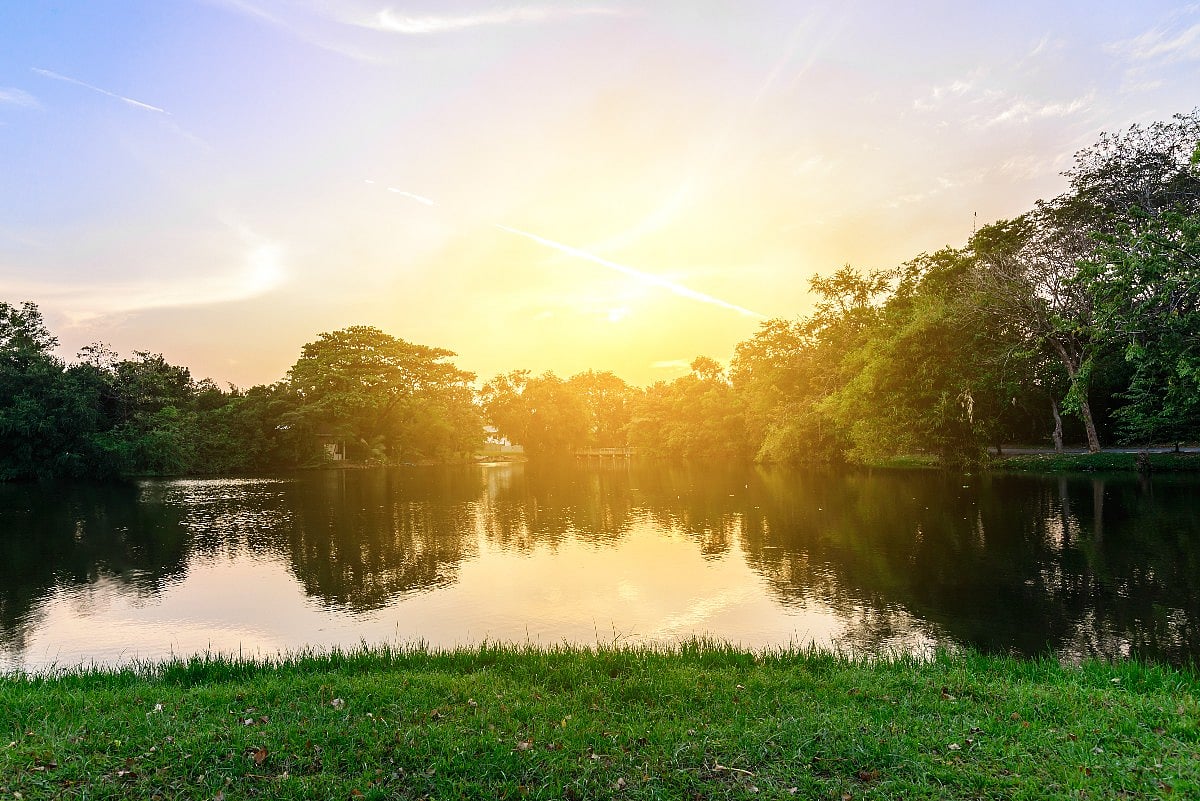Due to a recent change of our website, the process for submitting refill requests online has now changed.
Please click on “Sign Up Today!†to create a new account, and be sure to download our NEW Mobile app!
Thank you for your patience during this transition
Get Healthy!

- Dennis Thompson
- Posted July 1, 2024
More Green Spaces, Lakes Bring Fewer Hardened Arteries
Parks and lakes aren't just good for your soul -- new research suggests they also appear to protect your arteries.
Living near green space and "blue"water space lowers a person's odds of hardened arteries in middle-aged urban dwellers, researchers found.
For every 10% increase in access to green space, the odds of having coronary artery calcification decline by 15%, on average, according to findings published June 27 in the journal Circulation.
"Our findings provide quantitative evidence supporting environmental policies to enhance the accessibility and quality of residential blue and green spaces,"said researcher Dr. Lifang Hou, a professor of preventive medicine at Northwestern University Feinberg School of Medicine in Chicago.
Artery calcification occurs when calcium forms plaques on the walls of arteries. These plaques can combine with blood clots to clog the arteries, causing heart attacks and strokes.
For the study, researchers tracked nearly 3,000 men and women from four cities for 25 years, from 1985 to 2010. The participants hailed from Birmingham, Ala.; Chicago; Minneapolis; and Oakland, Calif.
The research team compared CT scans taken at age 50 of calcium deposits in people's arteries with their access to parks, water bodies and other natural spaces. That access was measured using the people's long-term residential addresses.
Black people living in poor neighborhoods especially benefitted from exposure to green space and open water, researchers found.
Black participants with the highest accessibility to a river had 32% lower odds of coronary artery calcification, compared to those with the lowest accessibility.
Likewise, Black people with greater access to green spaces had up to 35% lower odds of hardened arteries.
These results show that city investments in parks, lakes and other natural spaces "can promote public health benefit and address racial and neighborhood-related health disparities,"Hou said in a Northwestern news release.
There are many reasons why natural spaces might improve the health of blood vessels, Hou said.
"Having more green and blue spaces may provide increased opportunities for physical activities, social interactions, stress relief and restoration, all of which have been linked to improved metabolic and cardiovascular health,"Hou explained.
"Additionally, exposure to green and blue spaces has been shown to boost people's immune systems, reduce chronic inflammation and slow down the biological aging process, all of which are biologically important in people's overall health and cardiovascular health,"Hou added.
More information
Yale University has more about the benefits of nature on health.
SOURCE: Northwestern University, news release, June 27, 2024
